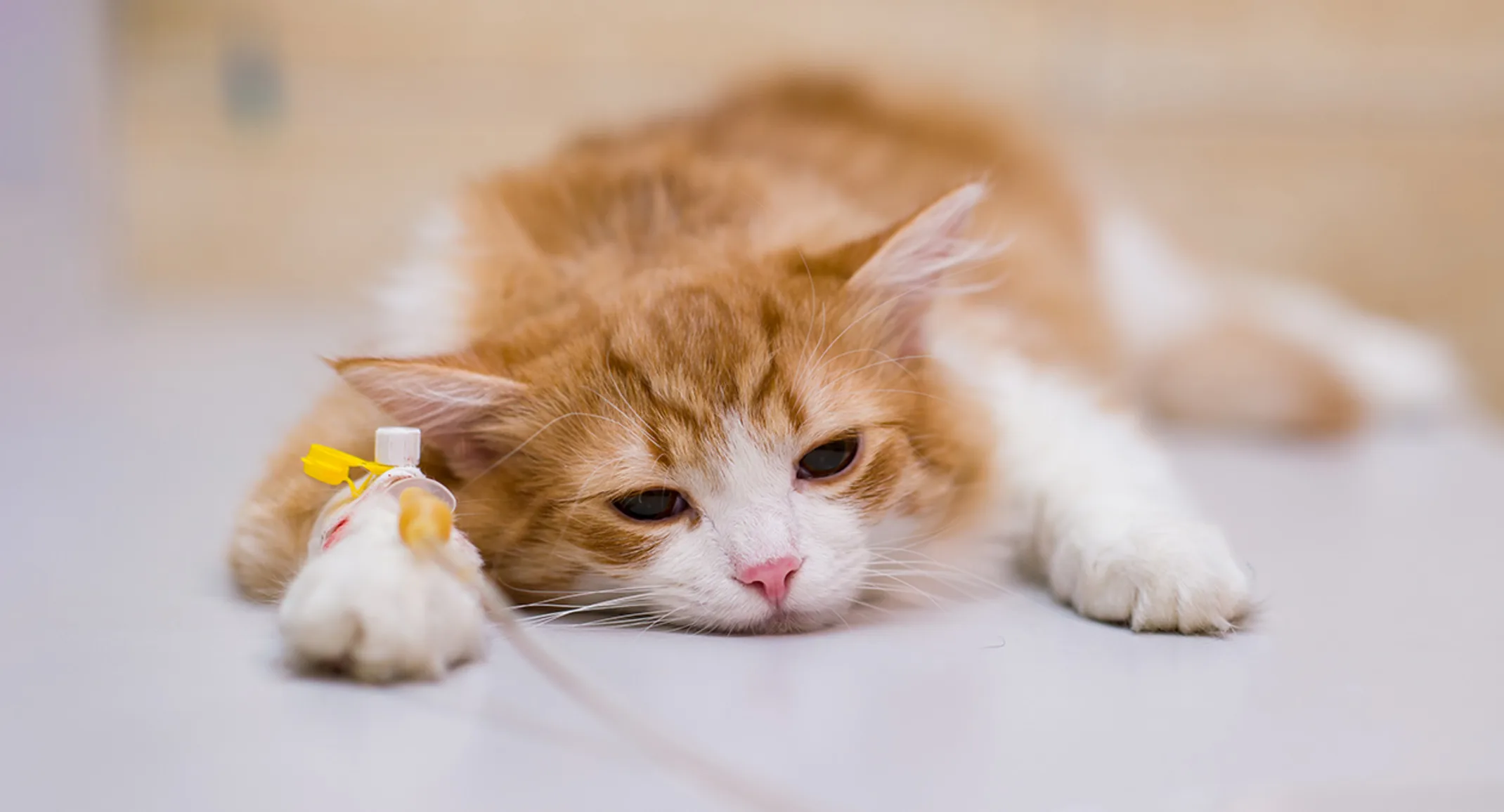Anesthesia in Pets
The Exam Room

Anesthesia allows veterinarians to perform important diagnostic and surgical procedures on pets, whether to save their life or provide a healthy future, but pet owners are often concerned about their pet undergoing anesthesia. Fortunately, veterinary anesthesia rivals human anesthesia in the use of monitoring technology and safety measures.
Hopefully, learning about the processes and procedures employed before, during, and after anesthesia will put your mind at ease.
Pre-anesthetic preparation
Although modern veterinary anesthesia is generally safe, your veterinarian will evaluate your pets health status to minimize risk and the likelihood of complications. These steps include:
Gathering a detailed history — A detailed medical history helps identify any conditions that could increase your pet’s anesthetic risk.
Weighing your pet — Current body weight is important for accurate calculation of anesthetic medications.
Thoroughly examining your pet — A head-to-tail exam can detect medical issues that may need to be addressed prior to anesthesia, or that require modification of the anesthesia plan.
Performing pre-anesthetic diagnostics — Blood work provides part of the minimum database of information regarding major organ function. Additional diagnostics, such as blood pressure measurement, urinalysis, X-rays, or other blood tests, may be recommended for some pets.
Providing sedation — A mild sedative will be administered to relax your pet and relieve any anxiety. You may be asked to also administer oral sedatives at home to ease any anxiety associated with the hospital visit.
Placing an intravenous (IV) catheter — An IV catheter is placed to allow administration of anesthetic medications, IV fluids, and supportive medications. While severe complications are rare, an IV catheter provides immediate access in case life-saving medications are needed.
During anesthesia
Additional steps taken to ensure safe delivery of anesthesia include:
Placing a breathing tube — An endotracheal tube is placed in your pet’s airway to deliver oxygen and anesthetic gas. This also helps protect the airway and minimize the possibility of aspiration of stomach contents or other material into the lungs during anesthesia.
Monitoring your pet’s heart activity — A trained veterinary technician will monitor your pet’s vital signs, including their heart rate and rhythm, throughout their procedure.
Monitoring your pet’s temperature — Temperature will be monitored and supplemental heat provided to ensure your pet does not lose excessive body heat, which can delay their recovery.
Monitoring your pet’s blood pressure — Hypotension is a common anesthetic complication and blood pressure is monitored closely so any changes can be quickly addressed.
Monitoring your pet’s breathing — A pulse oximeter is used to monitor oxygenation, and an end-tidal CO2 monitor is used to monitor ventilation to ensure adequate lung function.
Managing pain — Preventing pain is important, and pain medication is administered prior to any painful procedure, during the procedure, and after based on patient response.
Anesthesia recovery
Upon completion of the procedure, a veterinary technician will closely monitor your pet until they are fully awake and can stand and walk unassisted. Patient pain levels are closely monitored during recovery as their anesthetic medications wear off, and additional analgesics are administered if necessary. Some pets may go home once fully awake, while others may need to remain in-hospital for further monitoring and stabilization. At the time of discharge you will receive all post-surgery and post-anesthesia instructions so you know exactly what to expect.
Anesthesia risk factors
While anesthetic complications are rare, certain pets are at higher risk and anesthesia for these patients is modified and planned for accordingly. Some common risk factors include:
Age — Older pets are more likely to have underlying health issues that increase their anesthetic risk. Similarly, very young or newborn pets have increased anesthetic risk due to their immaturity.
Breed — Some breeds, such as greyhounds, may have prolonged anesthetic recovery times after receiving certain anesthetic medications. Brachycephalic breeds, such as French bulldogs, pugs, and Persian cats, have a higher risk of respiratory-related complications.
Size — Small pets, such as puppies, kittens, and miniature and teacup breeds, are more likely to develop hypothermia during anesthesia. Overweight pets also have a higher complication risk.
Emergency situations — Pets experiencing a medical emergency often require anesthesia for life-saving treatment, and are more likely to develop complications.
Health status — Pets who have pre-existing health conditions may be at increased risk.
Ways to decrease your pet’s anesthetic risk
While not all anesthetic complications can be prevented, you can take steps to minimize your pet’s anesthetic risk, such as:
Keeping your pet at a healthy weight — Overweight pets are more likely to develop complications, so do not overfeed your pet, and ensure they exercise daily.
Maintaining your pet’s regular wellness care — Keeping your pet up to date on vaccines and parasite preventives significantly reduces the likelihood of common diseases. Additionally, an annual exam can detect health issues early, when they are easier to treat and manage. Keeping up to date on management of any chronic conditions is also important.
Following your veterinarian’s instructions — Ensure you follow all pre-anesthetic instructions, such as fasting your pet and administering medications.
Although knowing your pet needs to undergo anesthesia can be stressful, understanding the layers of processes that keep your pet safe should assure you they are in good hands. If your pet requires surgery, use this locator to find a veterinarian near you.
